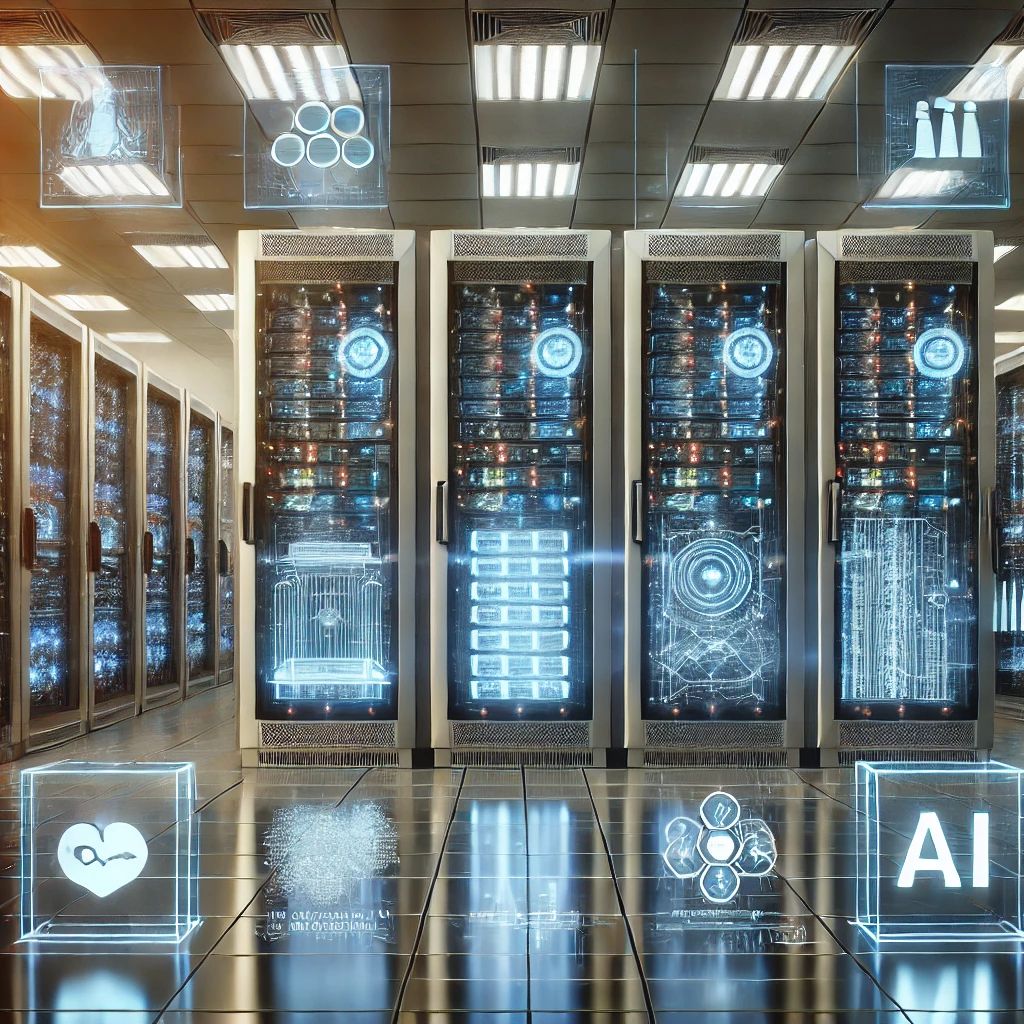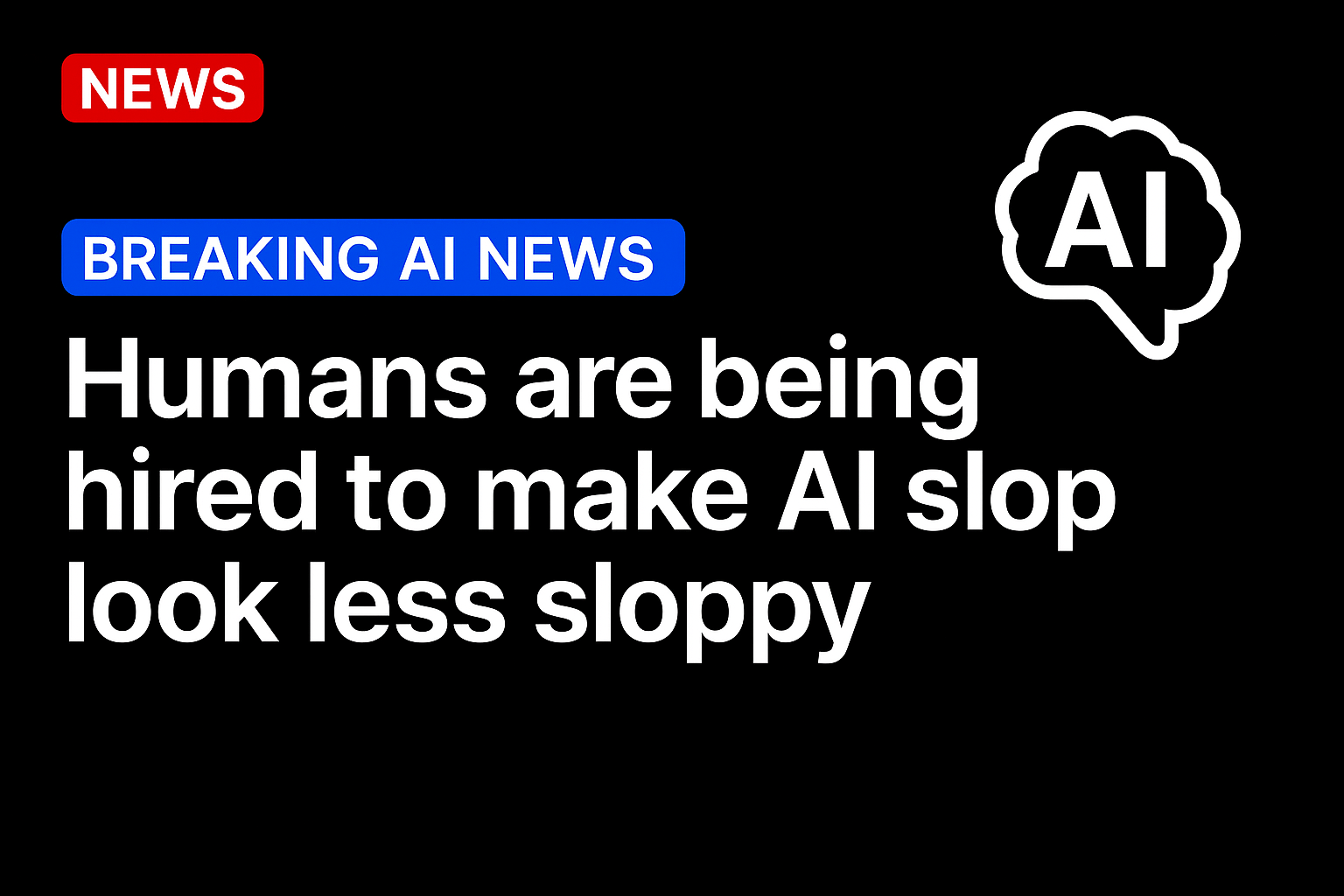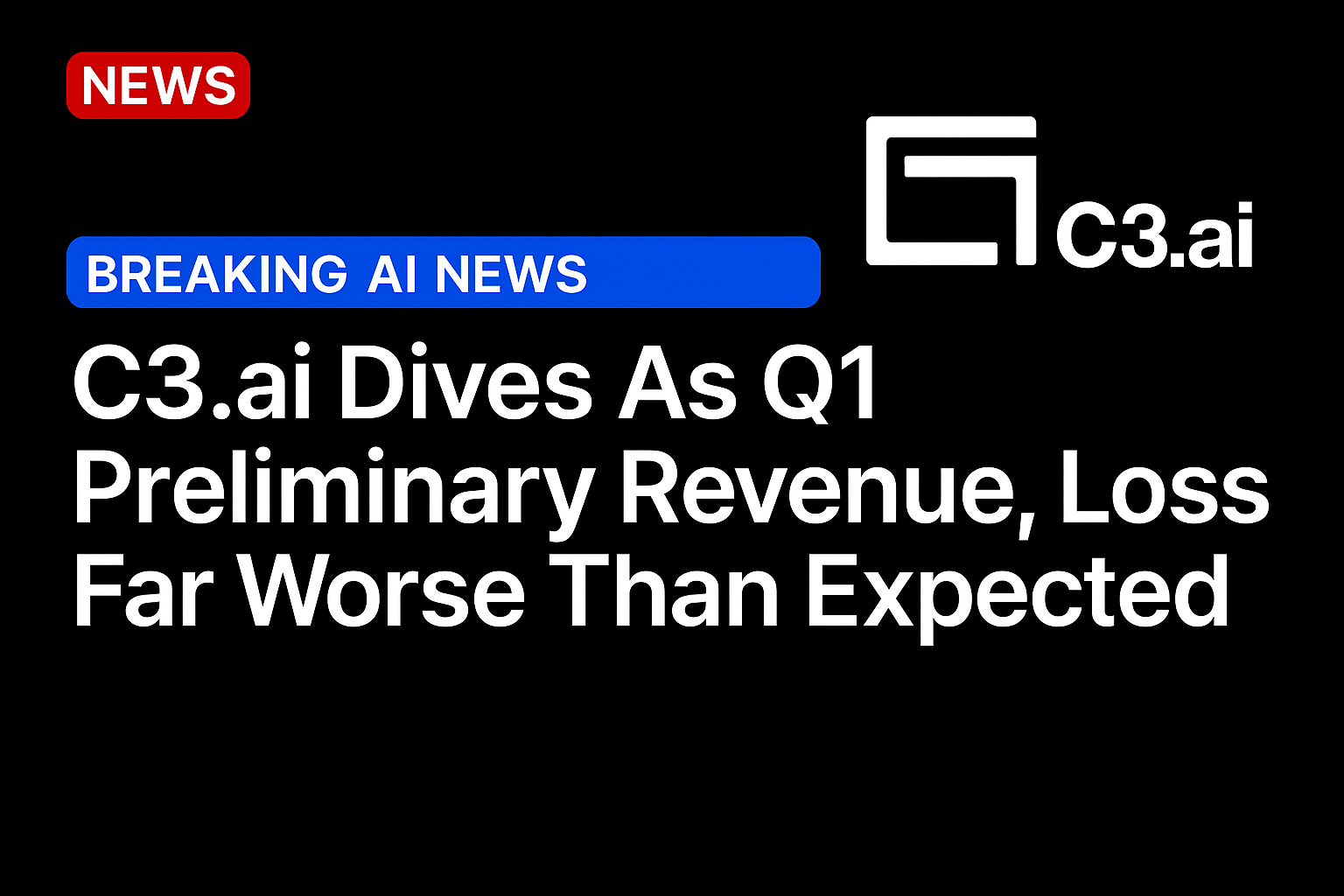For more than a decade, Chief Information Officers (CIOs) have been steering their organizations away from legacy platforms and migrating workloads to the cloud. The cloud’s flexibility, scalability, and efficiency made it the go-to solution for modern enterprises. However, a surprising shift is underway as the rush toward artificial intelligence (AI) technologies may be rekindling interest in an old, yet reliable, enterprise friend: the mainframe.
IBM, a company synonymous with both the mainframe and AI innovation, is at the center of this resurgence. While the cloud has dominated conversations around digital transformation, IBM is making the case that AI workloads may find a comfortable and efficient home on the mainframe. The reasons are intriguing—and CIOs might find themselves reconsidering the mainframe’s role in their organizations.
Why AI on the Mainframe Makes Sense
The mainframe has long been known for its unparalleled reliability, scalability, and ability to handle massive volumes of transactions. It’s why banks, insurance companies, and large retailers still rely on these systems for mission-critical tasks. Now, with AI’s growing need for real-time data processing, security, and compliance, the mainframe’s strengths align well with the demands of AI workloads.
One key advantage of the mainframe is its ability to handle massive datasets with extreme efficiency. AI models, especially in sectors like finance, healthcare, and retail, require access to vast amounts of historical and real-time data for training and inference. The mainframe, with its long-established capacity for handling this scale, provides a natural fit for the processing needs of AI algorithms.
IBM’s new push leverages the advancements in AI and hybrid cloud technologies to enable the seamless integration of AI workloads with mainframe computing power. IBM’s z16, their latest mainframe offering, is designed with AI in mind. It includes integrated AI accelerators that can run AI inferencing directly on the system. This allows organizations to process sensitive data where it resides—minimizing latency and avoiding unnecessary data transfers to the cloud.
Security and AI: The Mainframe’s Key Advantage
One of the main concerns for CIOs today is data security, particularly when it comes to the sensitive data processed by AI algorithms. Whether it’s customer data in the financial sector or patient records in healthcare, the risk of data breaches is significant. The mainframe has a long history of being the most secure platform, offering encryption and advanced security features that protect data at rest and in motion.
AI systems are only as good as the data they’re trained on, and mainframes, with their rigorous security protocols, help ensure that data remains uncompromised. By processing AI models and sensitive data locally on a secure mainframe, companies can mitigate security risks while still harnessing AI’s transformative potential.
Hybrid Cloud and AI: Bridging Two Worlds
IBM’s strategy is not to pit the mainframe against the cloud, but rather to blend the two in a hybrid approach. The future of enterprise computing, IBM argues, lies in the combination of cloud flexibility and mainframe stability. In this hybrid cloud model, enterprises can run AI workloads in the most appropriate environment—be it on the cloud for scalability or on the mainframe for security and speed.
By integrating AI capabilities with its mainframes, IBM is offering a solution that allows organizations to keep their sensitive data and mission-critical applications on-premise while leveraging the power of the cloud where it makes sense.
The Role of CIOs in the New AI Landscape
CIOs, who have spent years modernizing IT infrastructure and transitioning workloads to the cloud, may find themselves revisiting the mainframe with fresh eyes. The push towards AI is not just about adopting new technologies, but about optimizing existing infrastructure to meet the demands of AI workloads.
For many, the mainframe offers a mature, stable, and secure environment to handle these AI processes. As AI becomes more embedded in business operations—enhancing everything from customer service chatbots to supply chain optimizations—CIOs may find that the mainframe’s robust architecture can complement their cloud strategy in ways that maximize efficiency and minimize risk.
IBM’s Bold Move
IBM’s investment in AI and mainframe innovation reflects its broader strategy of making its mainframes a critical component in the future of AI-driven enterprises. By combining the latest AI accelerators, security features, and hybrid cloud support, IBM is positioning its z16 mainframe as a solution that bridges legacy systems with the cutting edge of AI development.
In an era where data security, speed, and performance are more critical than ever, the mainframe, once seen as a relic of the past, may be poised to make a comeback.
As enterprises continue to push the boundaries of what AI can do, IBM’s mainframe could be the key to unlocking new possibilities. And for CIOs, it might just be time to rethink their approach to enterprise infrastructure, blending the best of both worlds: cloud and mainframe.
Conclusion
The AI revolution may breathe new life into the mainframe, challenging assumptions about the future of enterprise computing. As IBM leads the charge, the integration of AI with mainframes could redefine how organizations handle workloads, combining the mainframe’s legendary reliability with the power and promise of AI. The result? A more secure, efficient, and scalable platform ready to handle the next generation of digital transformation.





